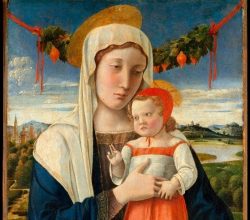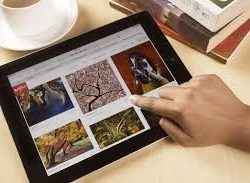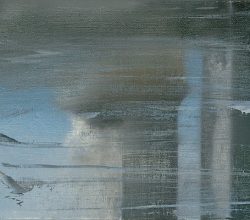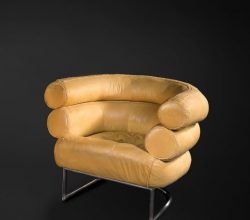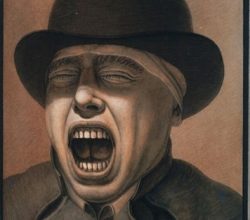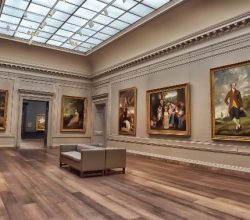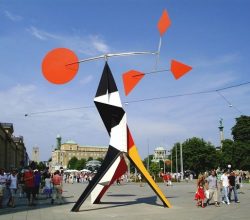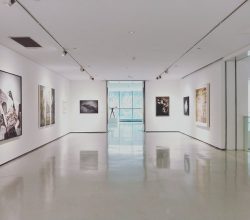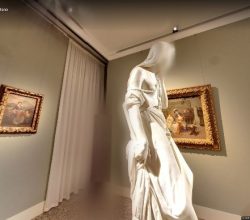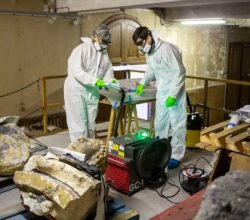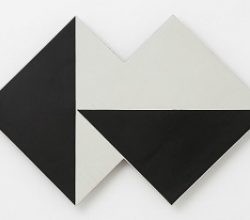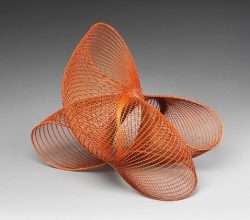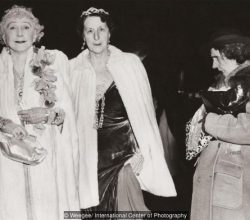Virus Void
Well, its happening. With galleries having shut down, there are no new shows and reviews are petering out. Some writers are trying to review online exhibitions, with so-so results.
What to do? The challenge, even more than usual, is to find quality pieces. As long as worthwhile pieces continue to be written I will pick them up, even if that means a skinny newsletter with just a few items Just as galleries are putting real effort into their online presence, perhaps writers will find more compelling ways to write about it. Let’s hope.
If you come across particularly good online offerings, or have other suggestions, please drop me a line at andrew@the-easel.com.
Andrew

